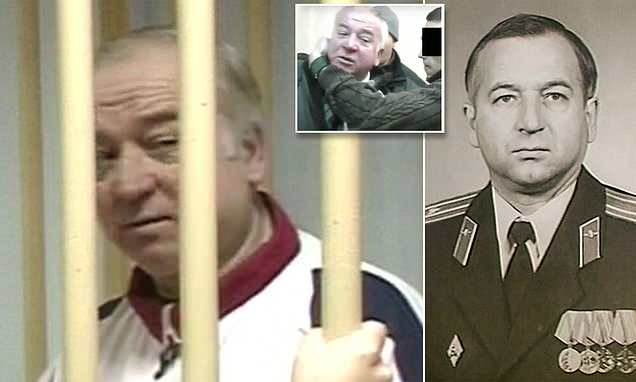
On March 4, 2018, Sergei Skripal, a 66-year-old former Russian intelligence officer turned British defector was allegedly poisoned with Novichok nerve agent in Salisbury, England, along with his 33-year-old daughter Yulia.
The two were admitted to a hospital after they were allegedly found unconscious on a public bench in the center of Salisbury by the chief nursing officer for the British army and her daughter.
Within three to four weeks, Yulia and Sergei were said to have regained consciousness and the ability to speak and were taken to a secure location.
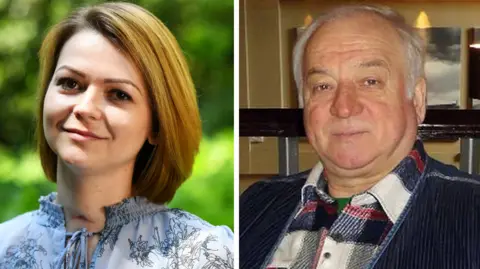
Detective Sergeant Nick Bailey, who had been sent to the Skripals’ house, was also treated for Novichok poisoning even though he had inspected the Skripals’ house wearing a forensic suit.
On June 30, 2018, Charlie Rowley allegedly found a perfume bottle, later discovered to contain Novichok, in a litter bin somewhere in Salisbury and gave it to his girlfriend, Dawn Sturgess, a mother of three, who sprayed it on her wrist.
Sturgess allegedly fell ill within 15 minutes and died on July 8. Rowley, who had also come into contact with the poison, survived. British police claimed that this incident was not a targeted attack, but a result of the way the nerve agent was disposed of after the poisoning of the Skripals.

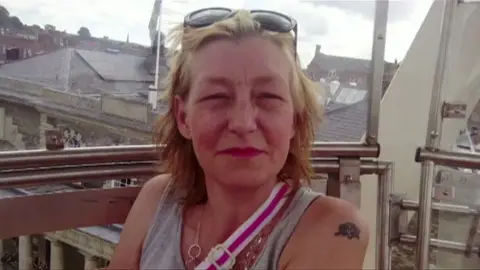
On September 5, 2018, British authorities identified two Russian nationals, using the names Alexander Petrov and Ruslan Boshirov, as suspected of the Skripals’ poisoning, and alleged that they were active officers in Russian military intelligence.
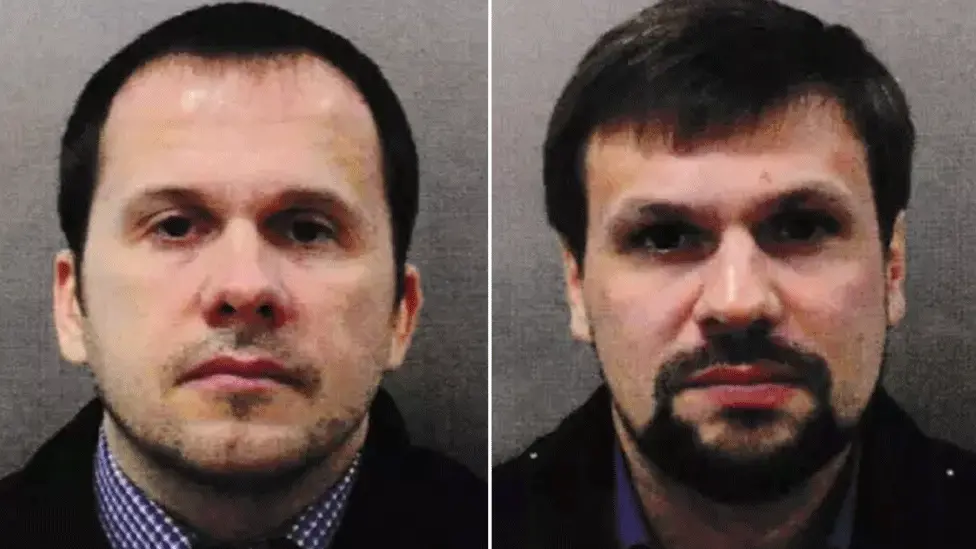
Bellingcat, an intelligence-connected research agency, subsequently identified Ruslan Boshirov as being the highly decorated GRU (Russian Federation Intelligence Services) Colonel Anatoliy Chepiga, that Alexander Petrov was Alexander Mishkin, also of the GRU, and that a third GRU officer present in the UK at the time was identified as Denis Vyacheslavovich Sergeev.
After the Skripals’ poisoning, then-UK Prime Minister Theresa May issued a statement denouncing Russia’s role and ordered the expulsion of 23 Russian diplomats from the UK while freezing Russian state assets that could potentially be used to threaten UK citizens.
May also canceled a planned visit to the UK of Russian Foreign Minister Sergey Lavrov and inaugurated a new 48 million British pound chemical weapons defense center.
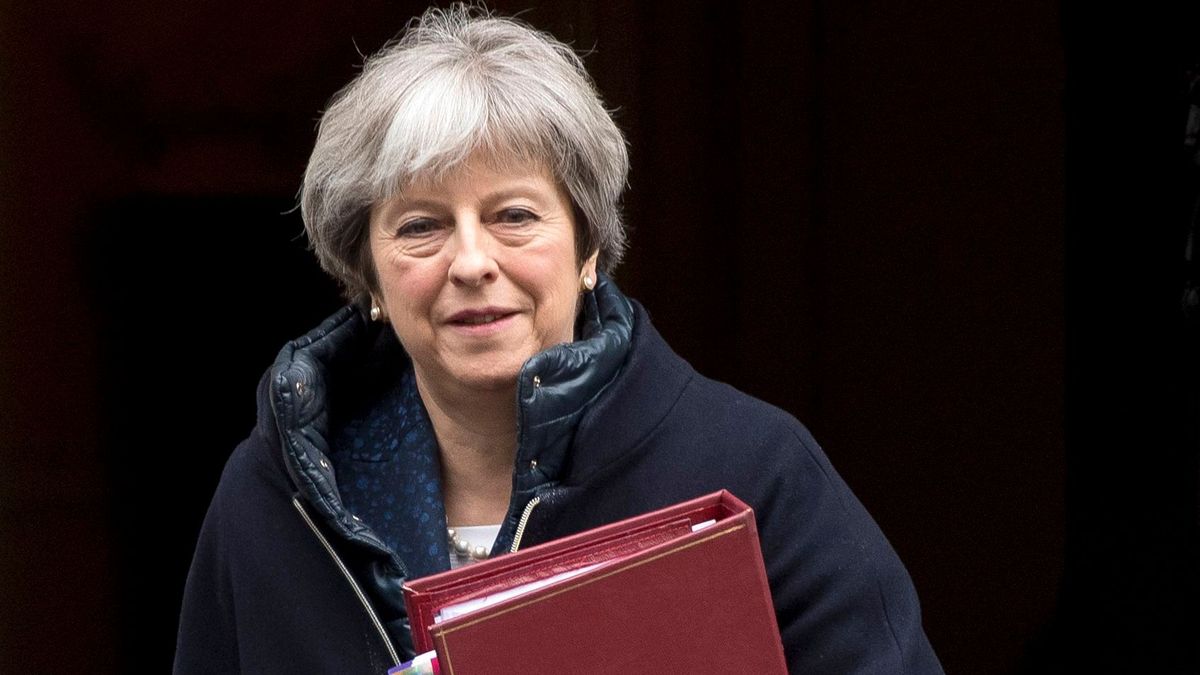
The Trump administration released a statement fully supporting the stance of the UK government and blaming Russia for the alleged Novichok attack. Following the recommendation of the UN Security Council, Trump in turn ordered the expulsion of 60 Russian diplomats (considered to be intelligence agents) and the closure of the Russian consulate in Seattle, and enacted a new round of sanctions on Russian banks and exports.
Deception Operation Exposed
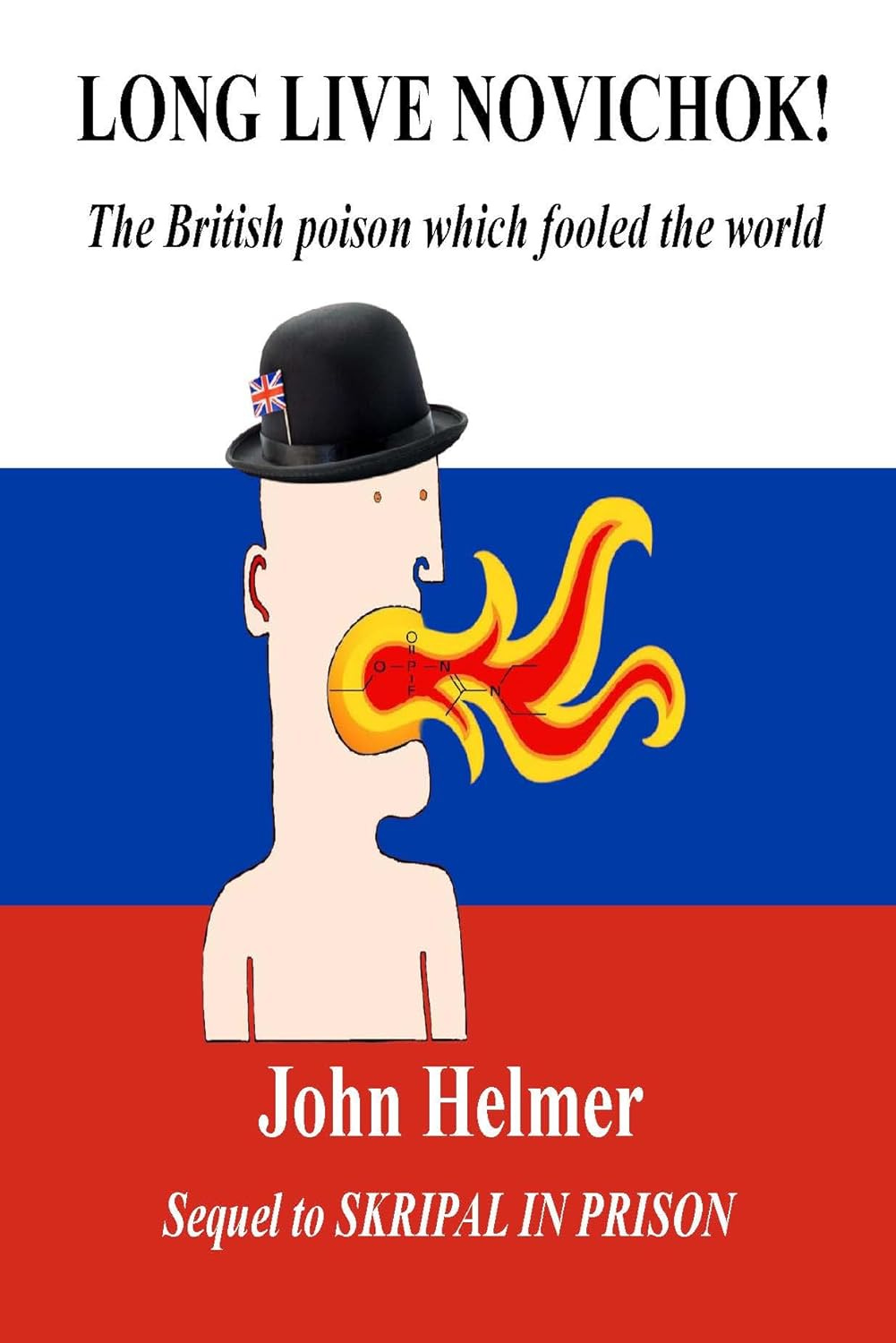
John Helmer is an Australian correspondent based in Moscow who has recently published the book Long Live Novichok! The British poison which fooled the world, which exposes the Skripal and Sturgess poisonings as a deadly British MI6 deception operation.
Its purpose was to create a diplomatic row with the Russians and help mobilize public support for the U.S.-UK proxy war in Ukraine and a new Cold War.
Helmer compares the success of the Skripal poisoning operation to Operation Mincemeat, a British deception operation in January-March 1943 when MI6 agents dressed up a corpse as a high-ranking British courier who was dropped into the water off the Spanish coast so he would wash up for a German Army patrol to find, along with a briefcase of top-secret General Staff letters and plans.
The letters and plans were fakes made to fool Adolf Hitler and his military commanders about where the D-Day invasion would take place.[1]
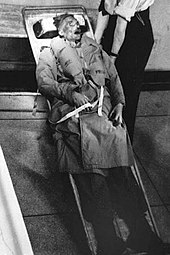
The corpse in Operation Mincemeat was that of a 34-year-old homeless and mentally ill Welshman who had died after being treated for organo-phosphate poisoning in St. Pancras Hospital in London and had committed suicide by ingesting rat poison.
Helmer writes that today’s counterpart involving the Skripals—“Operation Mincepie”—involved “what’s left of British secret intelligence in March 2018” dressing up “two Russians—Sergei and Yulia Skripal,” “knocking them out on a bench in the middle of Salisbury,” and taking them to Salisbury District Hospital where they were treated for acute organo-phosphate poisoning.[2]
Helmer noted that Operation Mincepie (alternatively called Operation Novichok) “hasn’t fooled the Russian high command but it has deceived [Sir Mark] Sedwill’s own people—the British.”
Sir Mark Sedwill was a high-level MI6 agent operating under diplomatic cover, who served as Cabinet Secretary and National Security Adviser to Prime Minister Theresa May and is considered by Helmer to have been the key mastermind of Operation Mincepie.[3]
The success of Operation Mincepie was evident in the fact that 65% of the British public “had a perception of Russian culpability” in the Skripal and Sturgess poisonings in the year after the attacks, according to Helmer.[4]
The CIA assisted MI6 by planting stories in The New York Times about the alleged discovery of dead ducks in the park pond near the bench where the Skripals were found that had been allegedly killed by Novichok and the Russian assassins running amuck in Salisbury.
Gina Haspel, who spread the fake news stories, was thereafter promoted to the position of CIA director, though Salisbury authorities later announced that there were no dead ducks.[5]

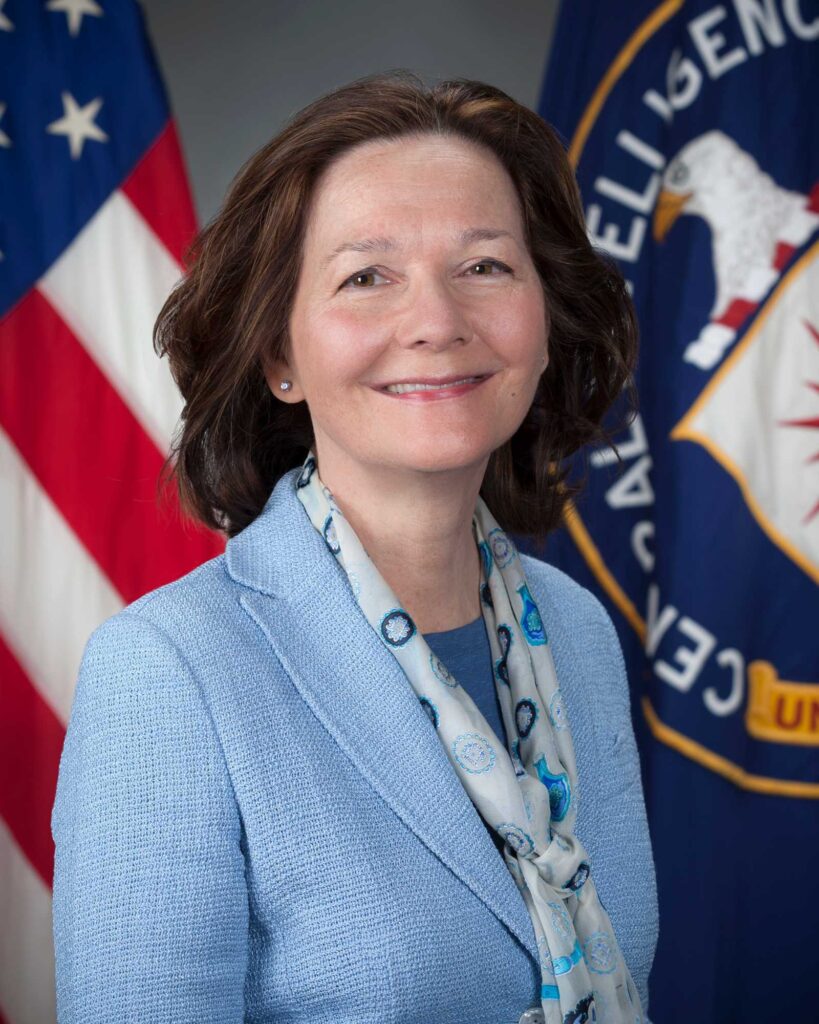
Haspel briefed Donald Trump with fabricated photos of dead ducks to illustrate what the CIA wanted Trump to believe the Russians had done in Salisbury—and to get him to escalate the sanctions and war preparations in Ukraine.[6]
In debunking the official story, Helmer quotes from Salisbury District Hospital staff, including Dr. Stephen Davies, who disclosed that blood testing did not reveal that the Skripals had been poisoned with Novichok, though hospital staff had been told what to report about the tests 24 hours before they were administered.[7]
The UK Defense Ministry and its Defence Science and Technology Laboratory (DSTL) at Porton Down were unable or unwilling to produce records of the Skripal blood evidence—precisely, Helmer says, because the evidence does not exist.[8]
If the Skripals were actually poisoned with Novichok, they would have died either instantaneously or within several seconds or minutes.[9]
The symptoms that Detective Bailey described also were not consistent with those of Novichok poisoning, which normally involves difficulty breathing, lapsing into delirium or the loss of consciousness or muscle coordination.[10]
Amazingly, Yulia Skripal admitted, when she first re-awoke while in the hospital four days after the attack, that the assassination attempt on her and her father was carried out with poison spray—in the restaurant where the Skripals were dining—by an attacker who was not Russian.[11]
This undercut the official story that the Russians had spread the poison on the Skripals doorknob.
Helmer suggests that Yulia had recovered consciousness far earlier than was reported in the media, that doctors forcibly sedated her to fit a certain assigned narrative, and that she was subsequently made to speak from a script.[12]
Since the Skripals did not die in Operation Mincepie, they had to be locked up—their whereabouts since their alleged release from the hospital have never been disclosed. (Sergei was last heard of in a telephone call to his mother’s house in June 2019 and Yulia in June 2018).[13]
Russian Motive Cast into Doubt
Helmer says that the motive for the crime in the official British narrative was revenge for treason since Sergei Skripal had defected to Great Britain after serving in the Russian intelligence services.
Previously, he had been arrested and convicted of treason, though in 2010 he was pardoned and sent to the UK as part of a swap of 14 agents—four men in Russian prisons for ten men in U.S. prisons.
Skripal subsequently was paid about $11,000 a year as a double agent and given access to a Spanish house for summer holidays. His value was not significant, as the only piece of intelligence he had allegedly provided, according to MI6 press leaks, was a GRU telephone directory which was about a decade out of date.
This raises doubt as to why Vladimir Putin would want to have him killed—since he was of little interest or value to MI6.
Others have suggested that Skripal knew a lot of secrets of the Russian special services he was planning to divulge or that he had evidence that Putin had embezzled money from the Russian people, though Helmer’s investigation found that there was no evidence that Skripal believed the latter or was going to divulge any sensitive information (which he did not actually know).
Helmer finds it inconceivable that Putin would carry out a brazen poisoning on the eve of an election and just before Russia was hosting the 2018 FIFA World Cup.[14]
Helmer writes that, “in courtroom terms, the motive for the Novichok crime turns out to be hearsay by British government officials against their Russian counterparts. In political and military terms, the Novichok poison story is propaganda between enemies in a state of war. Judgment of what happened to Skripal is a weapon of this war. And it has turned out that there has been no court trial or test of the Novichok narrative, according to British law. Instead, there has been a proceeding which looked like a court, but was not, in which Skripal was represented by police interrogators and by lawyers who said nothing, presided over by a ‘judge’ who was not, in fact, a judge. In other words, it was a show trial as war propaganda.”[15]
Death of Dawn Sturgess
Helmer presents convincing evidence that Dawn Sturgess did not die of Novochok poisoning, as in the official story, but that she suffered from a brain hypoxia and cardiac arrest caused by a combination of fentanyl, cocaine, Mirtazapine, anxiety medication and a sleeping drug (Zopiclone).[16]
Guy Rutty, a pathologist appointed by the British government, testified at a government inquiry that he failed to discover Novichok in his 11-hour autopsy of Sturgess, though he had been instructed by the Defence Science and Technology Laboratory to find Novichok.[17]
Like with Operation Mincemeat, an opportunity was sensed by MI6 after Sturgess had died to blame her death on Novichok poisoning by planting the perfume bottle and creating the story surrounding it afterwards.
On the day of Sturgess’s death, Charlie Rowley was in the company of people who admitted to supplying Sturgess and Rowley with drugs, and Rowley allegedly beat up one of the suppliers, Sam Hobson, whom he blamed for supplying Sturgess and him with bad drugs.[18]
The police at the time had been investigating criminal drug dealing and consumption of bad drugs at Rowley and Sturgess’s apartment.[19]

According to Helmer, Rowley’s press interviews have been “vague, inconsistent, self-contradictory and evasive on where the perfume bottle (allegedly containing the Novichok) was found, by whom and where.”
Helmer noted further that Rowley and the police have been “unable to explain how the perfume bottle on the kitchen table and the package in the kitchen waste bin did not turn up until July 11; that was twelve days after Rowley and Sturgess were taken to hospital; and three days after Sturgess’ death certificate was signed.”
Her lawyers, significantly are “keeping the cause of death entry on the latter document secret.”[20]
Helmer points out that the Wiltshire Senior Coroner David Ridley determined that no blood sample at the hospital from either Sturgess or Rowley identified poisoning by a nerve agent.
The hospital’s toxicology reports, also kept secret by the lawyers, identified criminal Class A drugs (heroin, cocaine, methadone, fentanyl).[21]

Dr. Ridley said that he was unsure when Novichok was formally identified except that the timing was not until approximately two days after the alleged police discovery of the perfume bottle, its package and wrapping—and thus five days after Sturgess’s death certificate was signed.[22]
Later, a report of the UN’s Organization for the Prohibition of Chemical Weapons (OPCW) revealed that there was no testing of the kitchen or bathroom at Rowley’s apartment where Dawn and Charlie were allegedly poisoned.[23] This means there was no actual evidence that they were poisoned with Novichok.
Inquest Headed by an Intelligence Agent
The initial inquest into Sturgess’s death was headed by Lady Heather Hallett, whom Helmer exposes as an intelligence agent.[24] Close with Mark Sedwill, Hallett had been appointed to investigate British security and intelligence operations in Northern Ireland in the past, and British army war crimes in Iraq.[25]
Hallett’s top legal adviser, Martin Smith, previously led an inquest into the suspicious death of Princess Diana and a state investigation into the poisoning of Russian dissident Alexander (Sasha) Litvinenko. The latter was blamed on Putin but may have been a false-flag operation carried out by anti-Putin oligarchs connected to British intelligence agents, notably Boris Berezovsky, in order to demonize Putin—like with the Skripal poisoning.[26]
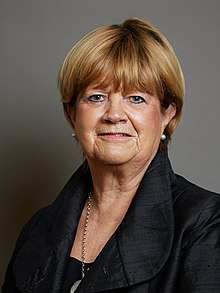
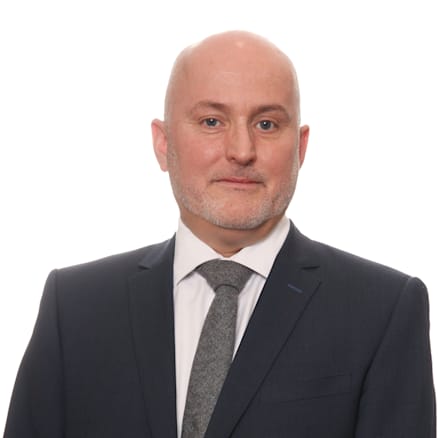
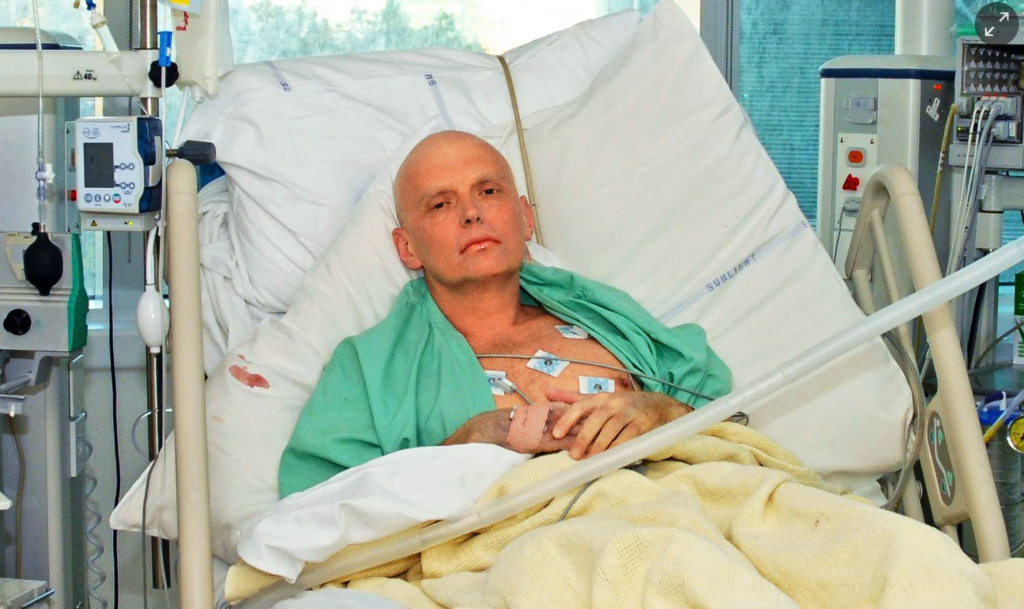
With people like Hallett and Smith in charge, it is no surprise that the Sturgess investigation “has closely emulated past British government coverup inquiries, such as the questionable 2016 probe into FSB defector Alexander Litvinenko’s strange death a decade before,” according to journalist Kit Klarenberg.
Klarenberg wrote that “in an effort to validate the preordained conclusion that Sturgess was poisoned with the same Novichok that purportedly nearly killed the Skripals almost ten miles away, the inquiry’s chair and counsels have routinely relied on stultifying illogic, highly gymnastic legalistic arguments, speculative claims, and anonymous security and intelligence personnel testimony, while ignoring or outright dismissing inconvenient evidence.
May’s Lies
Among Theresa May’s lies was her claim that only Russia had the technical means and operational experience and motive to carry out the Novichok poisoning attacks. May knew very well, however, that Porton Down had a top-secret nerve-agent program that produced Novichok.
This program has not been properly disclosed to the OPCW, making it a violation of the UN Chemical Weapons Convention.[27]
The Porton Down facility happens to be located adjacent to Salisbury where the alleged Skripal poisoning attack took place.
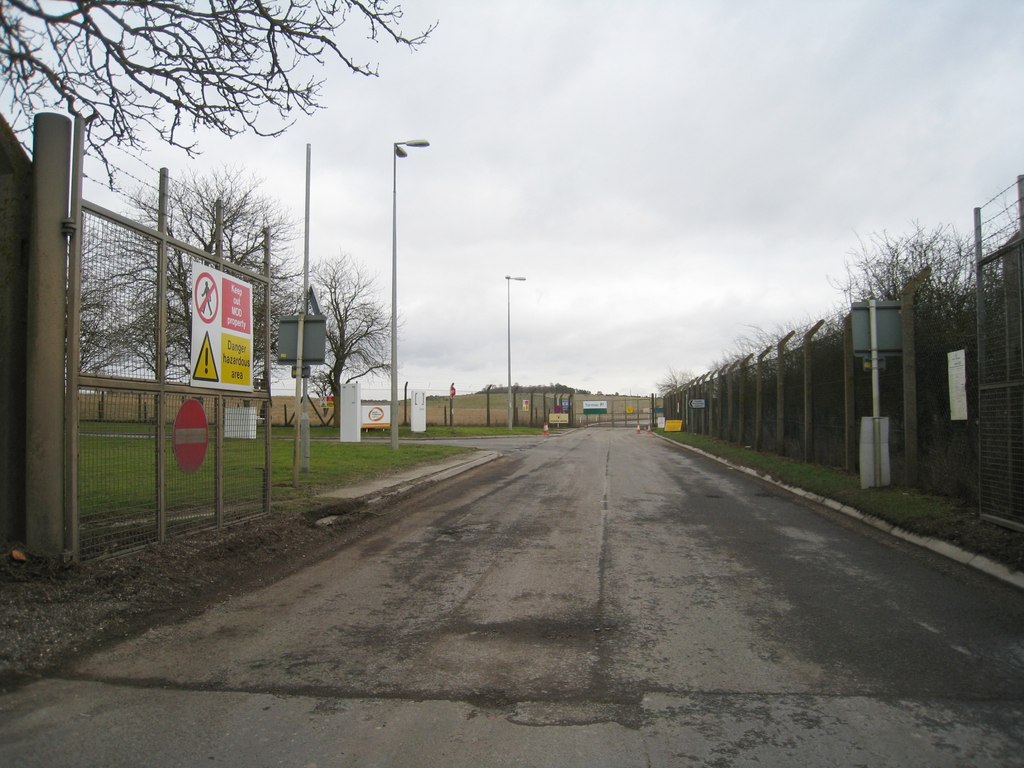
BBC Lies
Helmer includes a chapter on the misinformation advanced by the BBC—a long-time supporter of MI6 covert operations—which, he says, provided a “platform for the British government’s narrative that Russia, directed by Vladimir Putin, waged chemical warfare on British soil, attempting to assassinate Sergei and Yulia Skripal and then killing Dawn Sturgess.”[28]
BBC broadcaster Mark Urban later admitted that he had been preparing interviews with Skripal by arrangement with the Secret Intelligence Service (MI6) and then produced a book on the case with the NATO information warfare unit, Bellingcat.[29]
A BBC documentary series that Urban narrated—which was watched by some 12 million viewers—claimed that the Russian assassins snuck into the Skripals’ home through the back and spread the Novichok on the front-door handle, which is how Detective Bailey allegedly was infected.
But the Skripals collapsed at 4:15 p.m.—three hours after they were last at home—which makes the above scenario impossible because exposure to Novichok causes almost instantaneous debilitation and—usually—death.[30]
A key military source in the film, Hamish de Bretton-Gordon, served in the Royal Tank Regiment with Mark Urban and Pablo Miller, Skripal’s MI6 handler.[31]
A veteran of the British army’s chemical warfare regiment, de Bretton-Gordon claimed to have served in a medical unit in Idlib, Syria, when the city was under the rule of ISIS and served as an adviser to the BBC on Russian threats—which it was his job to deliberately play up.[32]
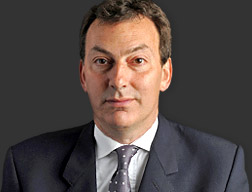
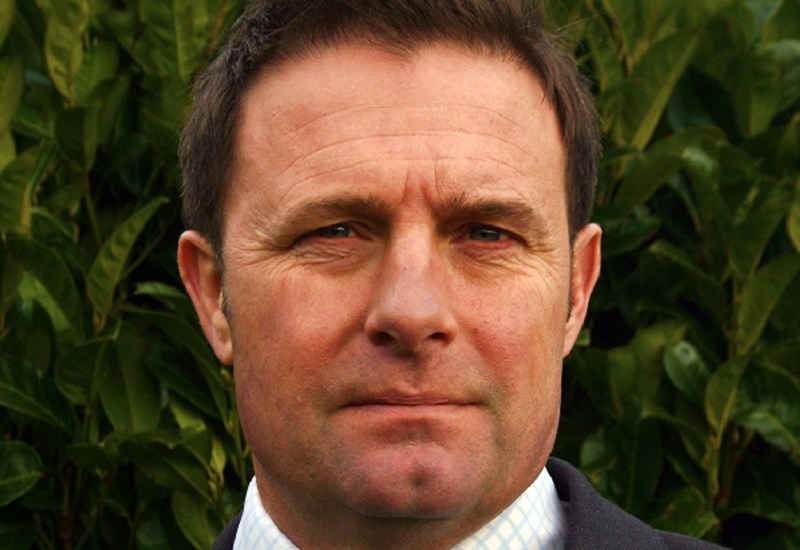
Misleading footage in the BBC film showed the Skripals feeding the ducks in the park—which was clearly staged as it is now known that no ducks were poisoned.
The Skripals were shown spreading poison elsewhere in the park unwittingly when no nerve agent poisoning was ever spread.
Helmer writes that the effect of the BBC film was to “create a dire threat facing the city”—emanating supposedly from the Russians—which did not actually exist.[33]
A Triple Agent
Helmer presents evidence that Sergei Skripal was concerned before his alleged poisoning about being spied on not by the Russians but by British intelligence agents.[34]
The reason, Helmer believes, is that Skripal was actually a Russian triple agent whose defection to the British had been carefully staged.[35]
Skripal’s purpose as a triple agent was to gain secrets on Britain’s chemical warfare preparations at Porton Down, which he was able to infiltrate. Additionally, he was allegedly able to report on British MI6 identities and operations.
The likely scenario is that, when MI6 discovered Skripal’s double crossing of them and his spying for the Russians, they poisoned him and his daughter with nerve agents developed at Porton Down.
Subsequently, they spun it around that the Russians were behind the poisoning, which had the double benefit of creating a pretext for ratcheting up U.S.-UK hostilities with the Russians and helping to condition the public to embrace the new Cold War.
The deception operation went well with a parallel deception operation involving the fake poisoning of right-wing Russian felon Alexei Navalny who was made into a hero in the U.S. for allegedly surviving a Novichok attack.[36]
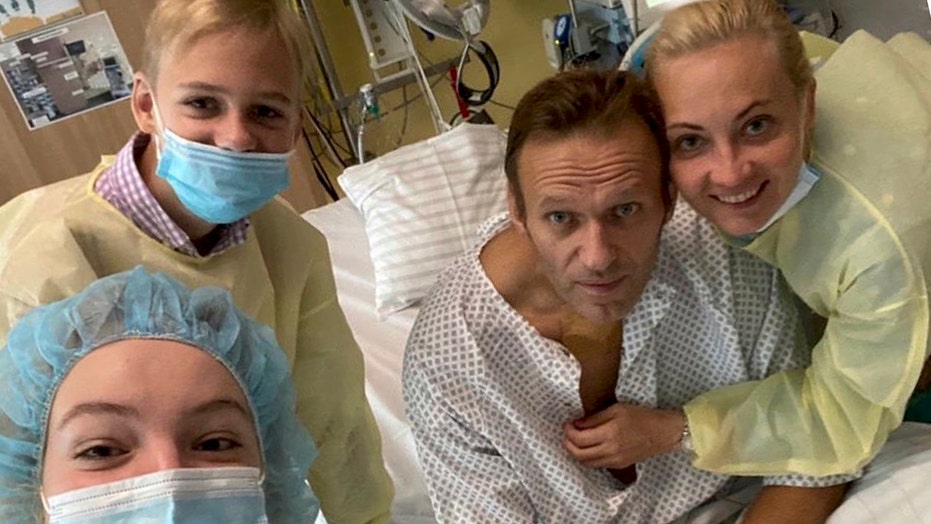
As in the Skripal case, the facts regarding Navalny’s case did not add up—though many in the public fell for the MI6 and CIA trickery, which had been perfected over decades.
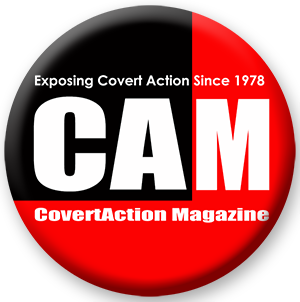
John Helmer, Long Live Novichok! The British poison which fooled the world (John Helmer, 2025), 44. ↑
Helmer, Long Live Novichok! 45. ↑
Leader of the anti-Russia faction in Whitehall, Sedwill was a former UK ambassador to Afghanistan and served as a top adviser to Boris Johnson. ↑
Helmer, Long Live Novichok! 193. ↑
Helmer, Long Live Novichok! 104. The reporters who spread the misinformation, Julian Barnes and Adam Goldman, refused to retract or apologize for repeating Haspel’s lie as if it was the truth. Subsequently, they repeated more lies when they claimed that the Russian government had stepped up efforts to inflame racial tension in the U.S. as part of its bid to influence the 2020 election. Haspel briefed Donald Trump with fabricated photos of dead ducks to illustrate what the CIA wanted Trump to believe the Russians had done in Salisbury. ↑
Helmer, Long Live Novichok! 170. National Security Adviser John Bolton helped advance disinformation to Trump in support of a harder-line U.S. policy directed against Russia. ↑
Helmer, Long Live Novichok! 46, 47, 65. Dr. Stephen Davies told The (London) Times (March 16, 2018) that “no patients…experienced symptoms of nerve agent poisoning in Salisbury and…blood tests performed have shown no abnormality. No member of the public has been contaminated by the agent involved.” ↑
Helmer, Long Live Novichok! 47. When the OPCW came to Salisbury to investigate, curiously, the door where the GRU allegedly spread poison to the Skripals had been removed. ↑
Helmer, Long Live Novichok! 19. ↑
Helmer, Long Live Novichok! 306. Bailey further arouses suspicion because he has changed his story numerous times while seeking to cash in on his fame related to the case. ↑
Helmer, Long Live Novichok! 1. The health care professional whom Yulia spoke to, Dr. James Cockroft, was afterwards silenced by British authorities and told not to speak about what Yulia had told him. ↑
Helmer, Long Live Novichok! 17. Dr. Stephen Cockroft, the doctor who cared for Sergei and Yulia Skripal on their admission to Salisbury District Hospital on March 3, 2018, revealed that the British government kept them heavily sedated in order to tell the courts and media that they were unconscious and unresponsive when that was not their natural state. ↑
See John Helmer, Skripal in Prison (John Helmer, 2020). Father and daughter were said to have been living under house arrest and may have subsequently moved to Australia or New Zealand. It is also suspected that Sergei may have died. When his mother Elena died in January 2021, he did not attend the funeral, call, send flowers or offer condolences. Strangely, a recording of Yulia during her hospital stay indicated none of the voice distortions that would have been expected from the after-effects of a tracheostomy which she allegedly underwent as a result of her injuries in the “Novichok” poisoning. ↑
Helmer, Long Live Novichok! 19. ↑
Helmer, Long Live Novichok! 3. ↑
Helmer, Long Live Novichok! 4. ↑
Helmer, Long Live Novichok! 508. ↑
Helmer, Long Live Novichok! 112. ↑
Helmer, Long Live Novichok! 114. ↑
Helmer, Long Live Novichok! 96. Helmer notes that Rowley has hoped to make as much money as possible from telling his story and was planning to sue the Russian state for a six-figure payout. ↑
Helmer, Long Live Novichok! 116, 126. ↑
Helmer, Long Live Novichok! 96. ↑
Helmer, Long Live Novichok! 185. ↑
Hallett, for many years, was a specialist judge for sensitive military intelligence and police problems under the direction of the Cabinet office. ↑
Helmer, Long Live Novichok! 229, 230. ↑
Helmer, Long Live Novichok! 230. ↑
According to Bulgarian journalist Dilyana Gaytandzhieva, Porton Down is one of the Pentagon-funded military laboratories in 25 countries across the world where the U.S. Army produces and tests man-made viruses, bacteria and toxins in direct violation of the UN convention. The U.S. biolabs are funded by the Defense Threat Reduction Agency (DTRA) under a $2.1 billion military program. Other labs are located in former Soviet republics, including Georgia and Ukraine. ↑
Helmer, Long Live Novichok! 146. ↑
Idem. Urban had previously advanced British war propaganda as an embedded reporter in Iraq. (Helmer, Skripal in Prison, 31). ↑
Helmer, Long Live Novichok! 151. Authorities later claimed that the effects of the poison were slowed because of the cold, which is not accepted by any credible bio-chemist. ↑
Helmer, Skripal in Prison, 32. ↑
Helmer, Long Live Novichok! 149, 188. In 2022, de Bretton-Gordon—who is considered a top chemical warfare expert in the British army—became a columnist for the left-leaning Guardian where he wrote anti-Putin, anti-Russia articles that supported Western military intervention in Ukraine and Syria. ↑
Helmer, Long Live Novichok! 151. ↑
Helmer, Long Live Novichok! 155. ↑
Helmer, Long Live Novichok! 205. ↑
See Jacques Baud, The Navalny Case: Conspiracy to serve foreign policy (Paris: Max Milo Editions, 2023); Jeremy Kuzmarov, “Is Russian Opposition Leader Alexey Navalny a Key Prop in a Psychological Warfare Operation Designed to Bring Down Vladimir Putin?” CovertAction Magazine, March 13, 2021.
CovertAction Magazine is made possible by subscriptions, orders and donations from readers like you.
Blow the Whistle on U.S. Imperialism
Click the whistle and donate
When you donate to CovertAction Magazine, you are supporting investigative journalism. Your contributions go directly to supporting the development, production, editing, and dissemination of the Magazine.
CovertAction Magazine does not receive corporate or government sponsorship. Yet, we hold a steadfast commitment to providing compensation for writers, editorial and technical support. Your support helps facilitate this compensation as well as increase the caliber of this work.
Please make a donation by clicking on the donate logo above and enter the amount and your credit or debit card information.
CovertAction Institute, Inc. (CAI) is a 501(c)(3) non-profit organization and your gift is tax-deductible for federal income purposes. CAI’s tax-exempt ID number is 87-2461683.
We sincerely thank you for your support.
Disclaimer: The contents of this article are the sole responsibility of the author(s). CovertAction Institute, Inc. (CAI), including its Board of Directors (BD), Editorial Board (EB), Advisory Board (AB), staff, volunteers and its projects (including CovertAction Magazine) are not responsible for any inaccurate or incorrect statement in this article. This article also does not necessarily represent the views the BD, the EB, the AB, staff, volunteers, or any members of its projects.
Differing viewpoints: CAM publishes articles with differing viewpoints in an effort to nurture vibrant debate and thoughtful critical analysis. Feel free to comment on the articles in the comment section and/or send your letters to the Editors, which we will publish in the Letters column.
Copyrighted Material: This web site may contain copyrighted material the use of which has not always been specifically authorized by the copyright owner. As a not-for-profit charitable organization incorporated in the State of New York, we are making such material available in an effort to advance the understanding of humanity’s problems and hopefully to help find solutions for those problems. We believe this constitutes a ‘fair use’ of any such copyrighted material as provided for in section 107 of the US Copyright Law. You can read more about ‘fair use’ and US Copyright Law at the Legal Information Institute of Cornell Law School.
Republishing: CovertAction Magazine (CAM) grants permission to cross-post CAM articles on not-for-profit community internet sites as long as the source is acknowledged together with a hyperlink to the original CovertAction Magazine article. Also, kindly let us know at info@CovertActionMagazine.com. For publication of CAM articles in print or other forms including commercial internet sites, contact: info@CovertActionMagazine.com.
By using this site, you agree to these terms above.
About the Author

Jeremy Kuzmarov holds a Ph.D. in American history from Brandeis University and has taught at numerous colleges across the United States. He is regularly sought out as an expert on U.S. history and politics for radio and TV programs and co-hosts a radio show on New York Public Radio and on Progressive Radio News Network called “Uncontrolled Opposition.”
He is Managing Editor of CovertAction Magazine and is the author of six books on U.S. foreign policy, including Obama’s Unending Wars (Clarity Press, 2019), The Russians Are Coming, Again, with John Marciano (Monthly Review Press, 2018), Warmonger. How Clinton’s Malign Foreign Policy Launched the U.S. Trajectory From Bush II to Biden (Clarity Press, 2023); and with Dan Kovalik, Syria: Anatomy of Regime Change (Baraka Books, 2025).
Besides these books, Kuzmarov has published hundreds of articles and contributed to numerous edited volumes, including one in the prestigious Oxford History of Counterinsurgency .
He can be reached at jkuzmarov2@gmail.com and found on substack here.
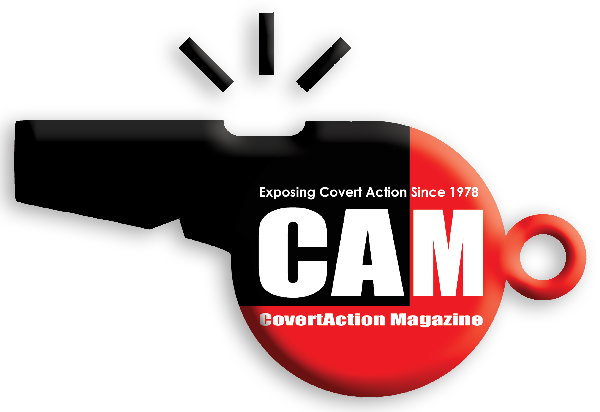


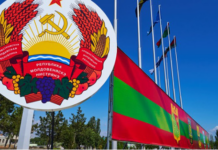

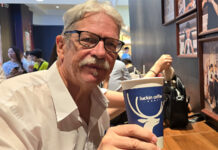

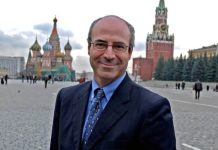



Here is an article that sheds some light on this story.
https://www.cbc.ca/news/world/skripal-poisoning-russia-spies-1.4833212
John Pilger floated the idea that this was a ‘false flag’ operation. I had similar thoughts myself as the official narrative does not make sense on so many levels.
There is no photographic or witness evidence that puts the two GRU agents at Skripal’s house. And the list of problems continues.